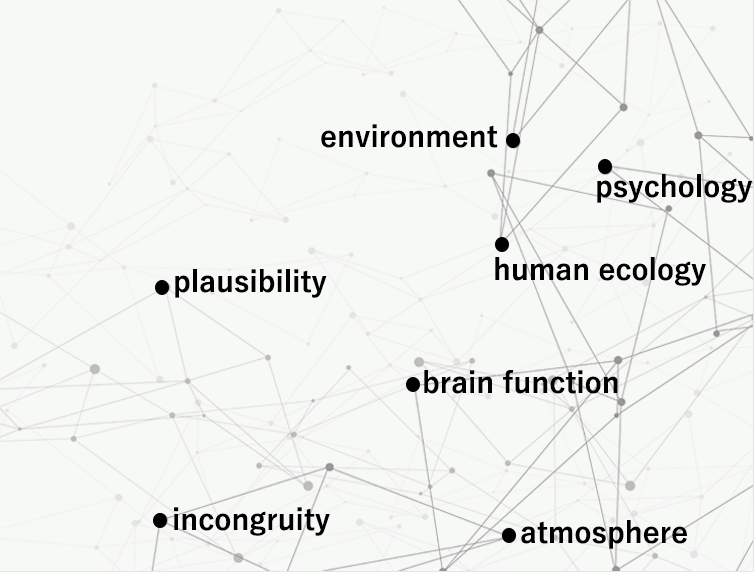

News & Topics
- August 2022
PhD student Liao will present her work at the European Conference on Visual Perception in Nijmegen, The Netherlands - August 2022
Prof. Yoshizawa will present her work at the European Conference on Visual Perception in Nijmegen, The Netherlands< - March 18, 2022
The 4th Symposium on Perception and Cognition Systems for Nature of Plausibility was held at Kanagawa University and through online - February 22, 2022
The 3rd Symposium on Perception and Cognition Systems for Nature of Plausibility was held through online - November 26, 2021
The 2nd Symposium on Perception and Cognition Systems for Nature of Plausibility was held through online - August 2021
PhD student Liao (supervised by Prof. Yoshizawa) presented her work at the European Conference on Visual Perception through online. - August 2021
Prof. Yoshizawa presented his work at the European Conference on Visual Perception through online - November 29, 2019
The 1st Symposium on Perception and Cognition Systems for Nature of Plausibility was held at Kanagawa University and through online - August 2019
PhD student Liao (supervised by Prof. Yoshizawa) presented her work at the European Conference on Visual Perception at Leuven, Belgium. - August 2019
Prof. Yoshizawa presented his work at the European Conference on Visual Perception at Leuven, Belgium. (PDF) - August 2018
Prof. Yoshizawa presented his work at the European Conference on Visual Perception at Trieste, Italy. - May 2018
Graduate student Fujii (supervised by Prof. Yoshizawa) presented her work at the Vision Science Society Annual Meeting in Florida, US. - April 2018
This research project started.
Mission
We frequently experience a sense of incongruity and plausibility for an object. For example, if only one pink truck is mixed in the black-painted convoy of the state guest, it feels strange. However, even if a grey sedan-type passenger car is mixed in that convoy, it is unlikely that you will get something strange, and this incongruity cannot be explained by the perceptual factor caused only by the difference in visual information such as the colour of the car. Also, the connection of sounds, probably melody or scale, in avant-garde music feels strange when listened to on basis of traditional classical music. Again, it is difficult to explain this only by the auditory temporal dynamics.
We are generally unaware of the distinction among perceptual, cognitive, and affective reasons to cause the incongruity and plausibility of individual objects. These causes may also occur continuously or in parallel. However, it is unclear yet.
So far, less challenge has been made to comprehensively understand the mechanism causing incongruity and plausibility in such issues. Therefore, the purpose is to clarify this issue systematically and scientifically by mutually sharing academic knowledge and technology in each specialized field (perceptual psychology, intuitive science, cognitive psychology) of the members of this research group. Therefore, this research project will be jointly conducted.

